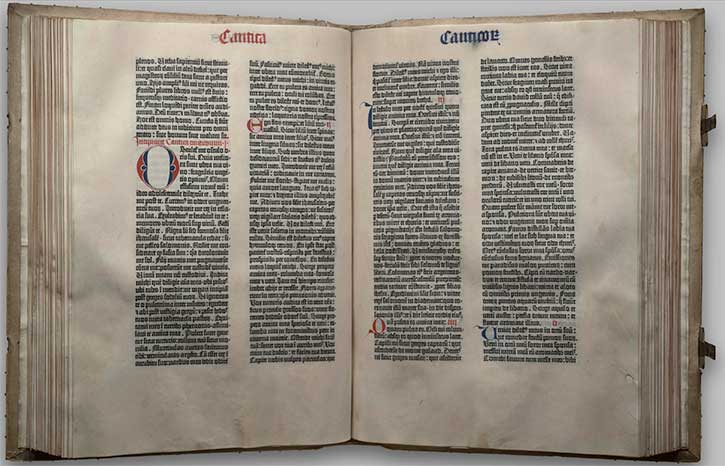The Bible, one of the most widely read and revered books in the world, has a rich and intricate history that spans thousands of years. In this article, we will embark on a journey through time to explore the timeline history of the Bible, with a particular focus on vintage and antique Bibles that have played a pivotal role in the preservation and dissemination of its sacred text.
Ancient Origins (Circa 1400 BCE - 400 CE)
The origins of the Bible can be traced back to ancient times, with its earliest texts believed to have been written around 1400 BCE. These early writings, known as the Old Testament, were primarily written in Hebrew and Aramaic and encompass a wide range of texts, including historical accounts, laws, poetry, and prophecies. Fragments of antique Bibles from this era, such as the Dead Sea Scrolls, provide valuable insights into the Bible's early development.
The New Testament, which contains the teachings and life of Jesus Christ, was written between the 1st and 2nd centuries CE. Vintage copies of the New Testament, handwritten on parchment or papyrus, are exceptionally rare and highly sought after by collectors and scholars.
The Gutenberg Bible (1455)
One of the most significant milestones in the history of the Bible was the invention of the printing press by Johannes Gutenberg in the 15th century. This innovation revolutionized the production of books and made the Bible more accessible to the masses. The Gutenberg Bible, also known as the 42-line Bible, is considered one of the first major books printed using movable type. Vintage copies of this Bible are treasured as iconic examples of early book printing and are housed in prestigious libraries and museums around the world.
The King James Version (1611)
In 1611, the King James Version (KJV) of the Bible was published, becoming one of the most enduring and widely read translations in the English-speaking world. Vintage editions of the KJV, often adorned with ornate leather bindings and intricate typography, are highly collectible. These antique Bibles are cherished for their historical and linguistic significance.
Bible Translation and Distribution (17th - 19th Centuries)
The 17th to 19th centuries saw an explosion of Bible translation and distribution efforts. Notable figures like John Wycliffe, William Tyndale, and Noah Webster played pivotal roles in translating the Bible into various languages, making it accessible to diverse communities. Vintage and antique Bibles from this era represent the diverse linguistic and cultural heritage of the Bible's dissemination.
Collecting Vintage and Antique Bibles
Collecting vintage and antique Bibles has become a passionate pursuit for many enthusiasts. These collectors often seek out unique editions with historical significance, intricate illustrations, and elaborate bindings. Auction houses and specialized dealers regularly offer antique Bibles for sale, with some reaching astronomical prices due to their rarity and historical importance.
The timeline history of the Bible is a fascinating journey through millennia of faith, scholarship, and cultural evolution. Vintage and antique Bibles stand as tangible witnesses to this history, providing a unique glimpse into the evolution of the sacred text and the enduring impact it has had on societies worldwide. As collectors and scholars continue to preserve and study these precious artifacts, the legacy of the Bible's rich history remains alive for generations to come.


